Case Study: The Cartoon Museum Project - PPU
This is the story of how a randomly assembled student team from UAL turned a shaky first client pitch into a winning real-world design project with The Cartoon Museum in London. It involves over-ambition, failure, a team dinner, and ultimately, an unexpected email months later. This case study dives into the full process of our PPU (Professional Practice Unit) project: from concept development and setbacks to the eventual success and current plans to bring it to life.
PROJECTS
Aritro Roy
7/5/20253 min read
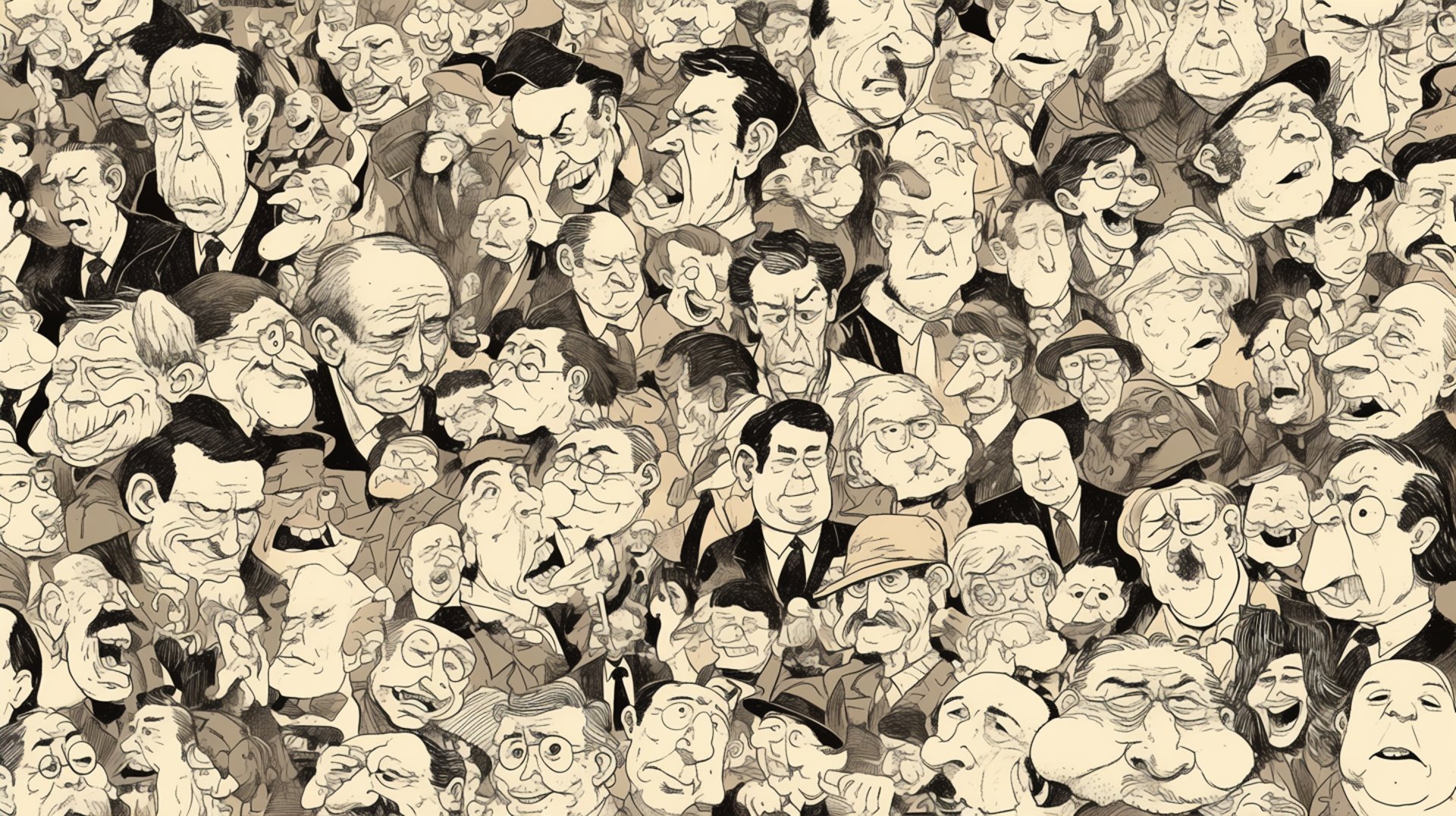
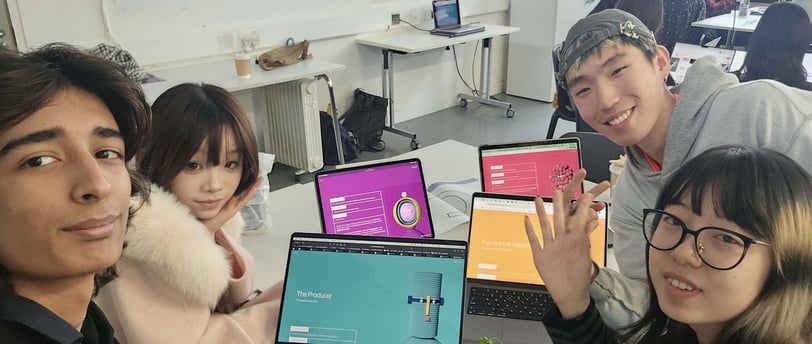

📌 Context: What is PPU?
At the start of Year 2, UAL LCC's BA Design programmes combine forces in a collaborative module known as the Professional Practice Unit. Design managers, illustrators, graphic designers, art directors, and other creative students are placed into mixed teams of 4–7. The unit challenges us with two briefs:
A speculative design project set in the year 2100
A real-world industry project with a live client against 40 teams

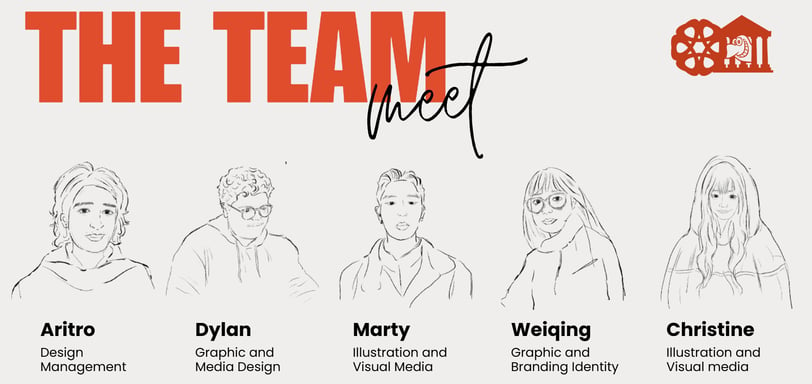

👥 The Team
Aritro Roy (Design Management)
Weiqing (Graphic & Branding Identity)
Marty (Illustration & Visual Media)
Christine (Illustration & Visual Media)
Dylan (Graphic & Media Design)
We didn’t know each other before this. But what we lacked in familiarity, we made up for in intensity. From the very first session, we had one shared goal: "We must win at all costs."


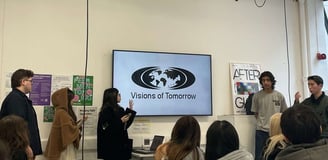
Phase 1: The Speculative Futures Brief
While this post focuses on our industry project, the speculative brief laid the groundwork for how we functioned as a team. We tackled it with impressive organisation and speed, creating a future scenario project that earned positive feedback from our tutors and peers.
This sprint taught us how to divide tasks, lean into our strengths, and keep creative momentum going.

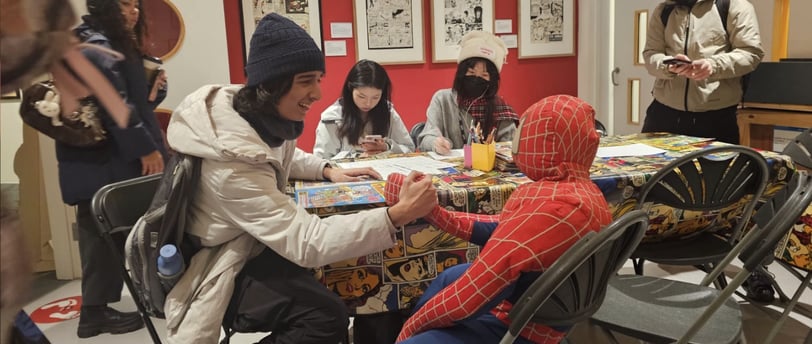

Phase 2: Enter the Cartoon Museum
The brief from The Cartoon Museum was simple on paper: "Redesign the merchandise line to better reflect the brand and attract a new generation of visitors."
Naturally, we overcomplicated it.
For our first client presentation, we created an avalanche of ideas:
25+ merchandise designs
Complete rebranding proposal
New visual identity and type system
Launch event strategy
Campaign concepts for socials
Website UX revamp
New spatial merchandising plan
We were excited. But the client was... not.

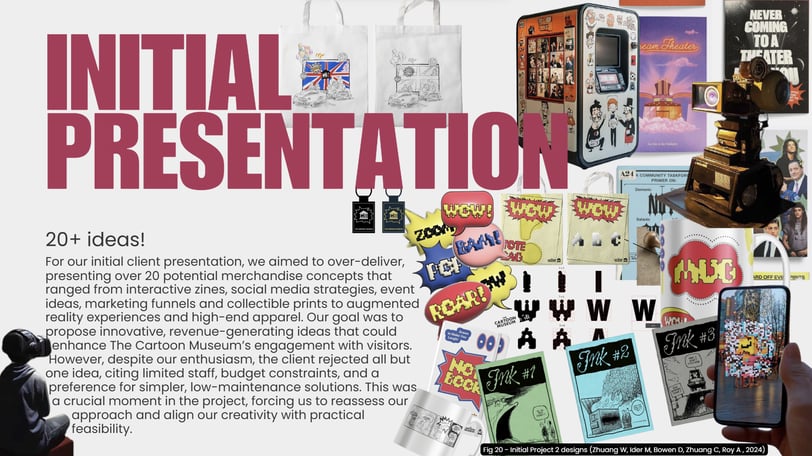

Feedback: The Crash
The client’s main comment:
"These are great dreams. But they should stay as dreams."
We had completely missed the brief. Instead of focusing on merchandise design, we delivered a startup pitch, a rebrand, and a marketing campaign all rolled into one.
It stung. The feedback hit morale hard. We could have splintered, but instead, we regrouped.

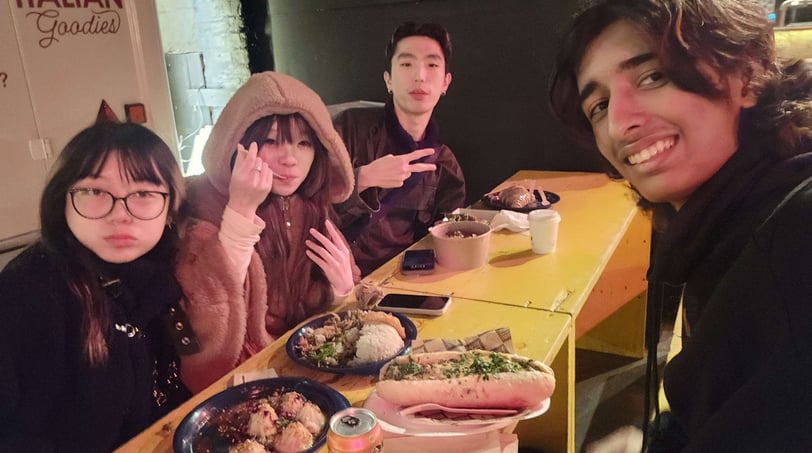

Resetting: Team Dinner & Refocus
To process the feedback, we did something simple but powerful: we went out to Mercato Metropolitano for dinner. It gave us space to reflect, recalibrate, and commit to doing it right this time.
From that night on, we narrowed our focus.
One idea. One design. One identity system.

The Winning Idea: Typeface-Led Design
Weiqing designed a typeface inspired by the playful linework and color palette of The Cartoon Museum. We built an entire merchandise line around it: mugs, totes, apparel, and stationery.
The key? Modularity. It was scalable, recognisable, and true to the museum's DNA.
[While I cannot yet show the designs, I will update this page when the merch line drops]
When we returned for the final client presentation, we pitched just one idea. Clean, simple, clear.

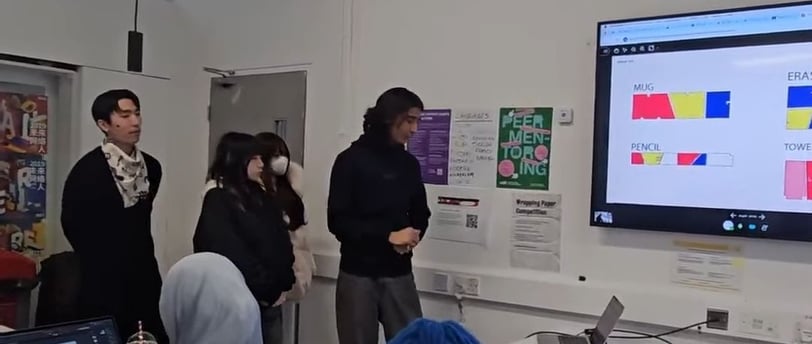

Outcome: The Silent Win
After the final presentation, we felt okay. Not confident. But not broken. The goal had shifted from winning to finishing with pride.
Months passed. And then, an email:
"Congratulations — your team was one of the two winning teams for The Cartoon Museum brief."
Disbelief turned into joy. Our group chat exploded. We had done it.


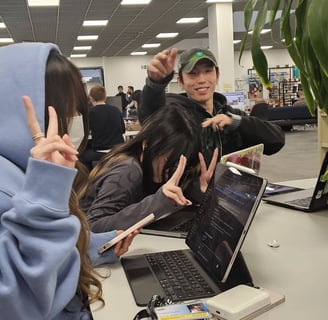
What’s Next: Real-World Impact
We’re now working with The Cartoon Museum and the other winning team led by Jayne Harlen to bring the merchandise to life and co-plan the launch campaign and event.
Target Drop: Nov/Dec 2025.

Key Learnings
Overdelivering isn't always the flex — listen to what the brief actually asks for
Morale is a design tool — protecting team spirit matters more than ego
One great idea > 25 scattered ones
Good design is invisible — it just works
